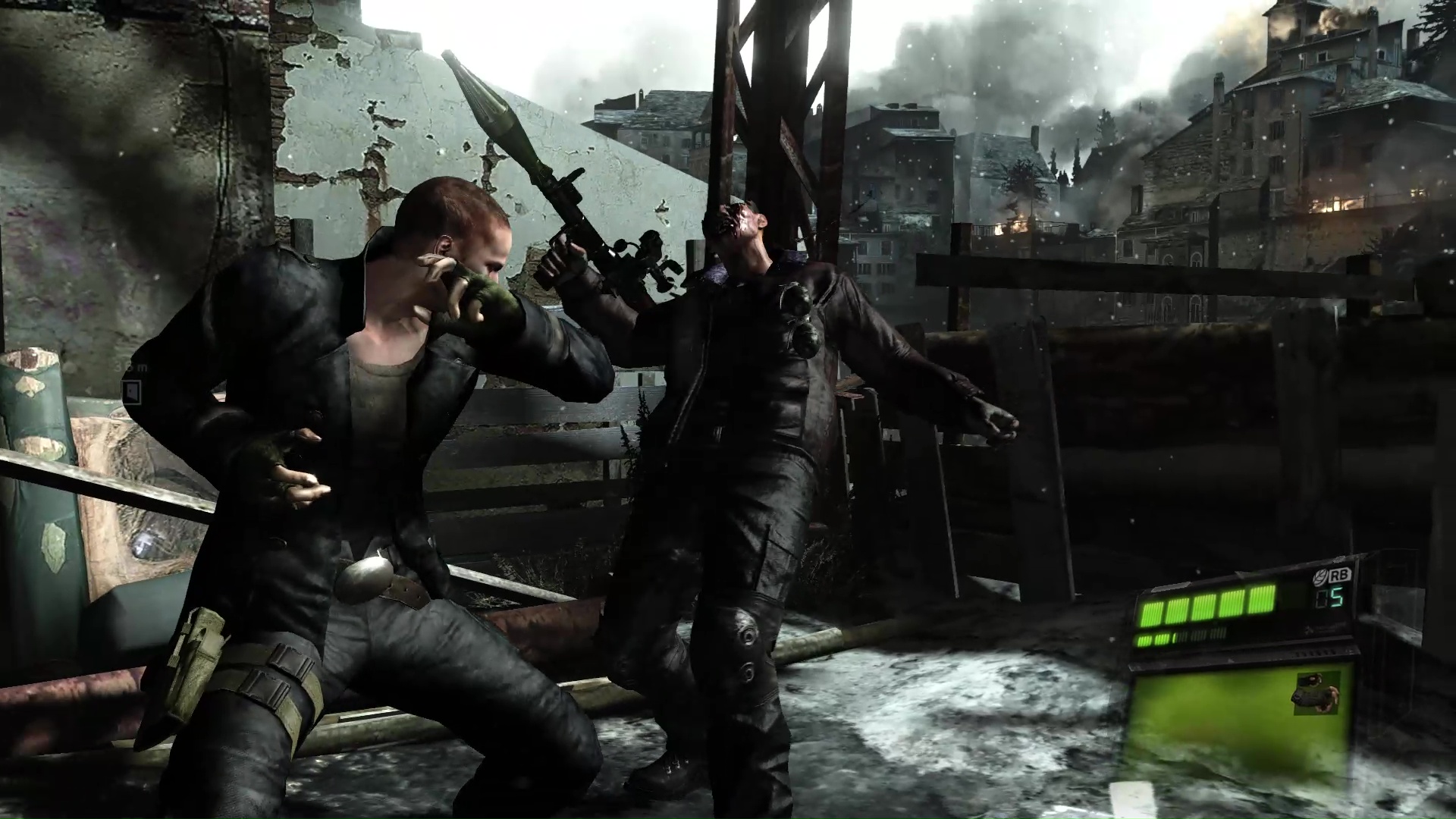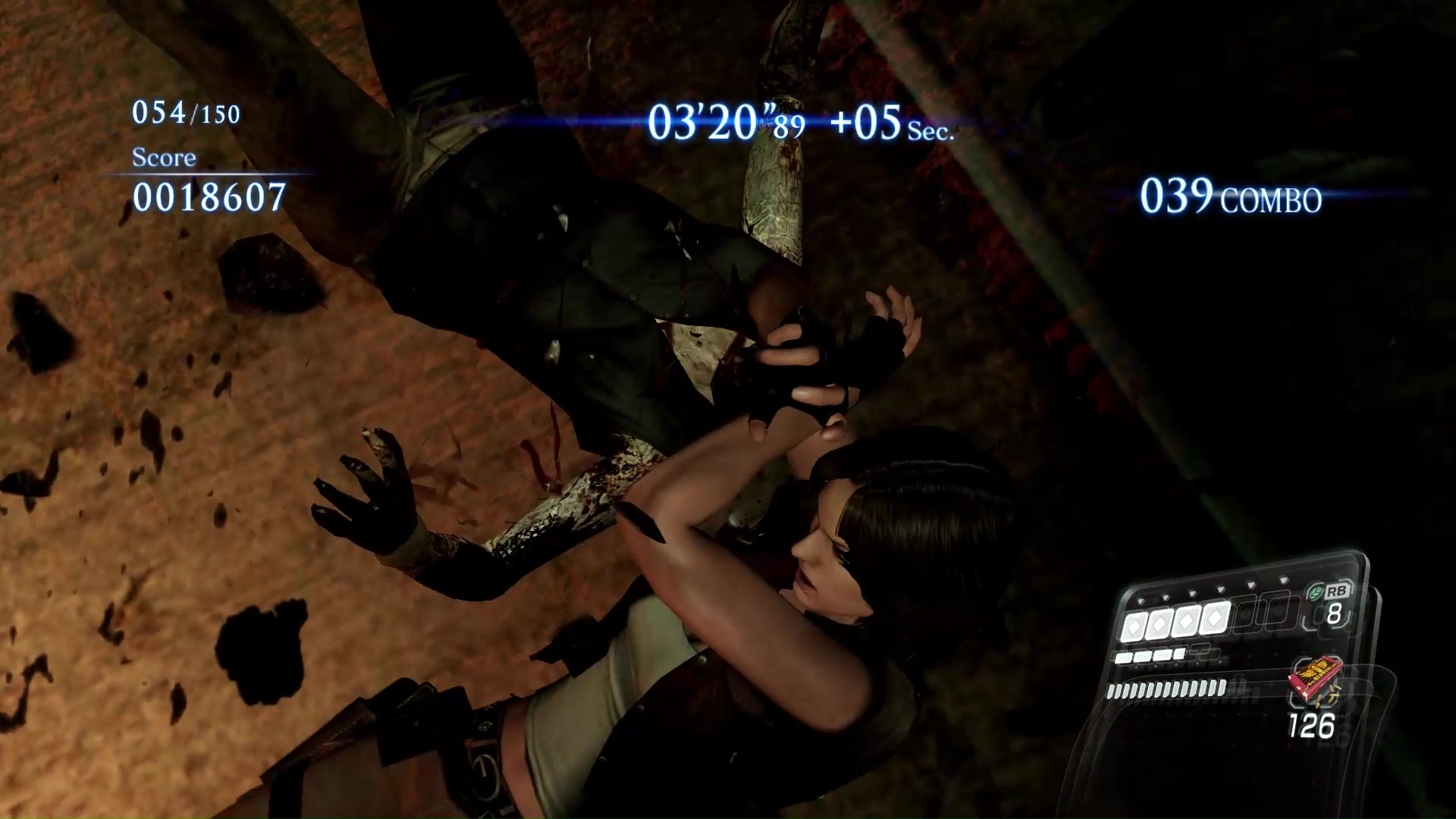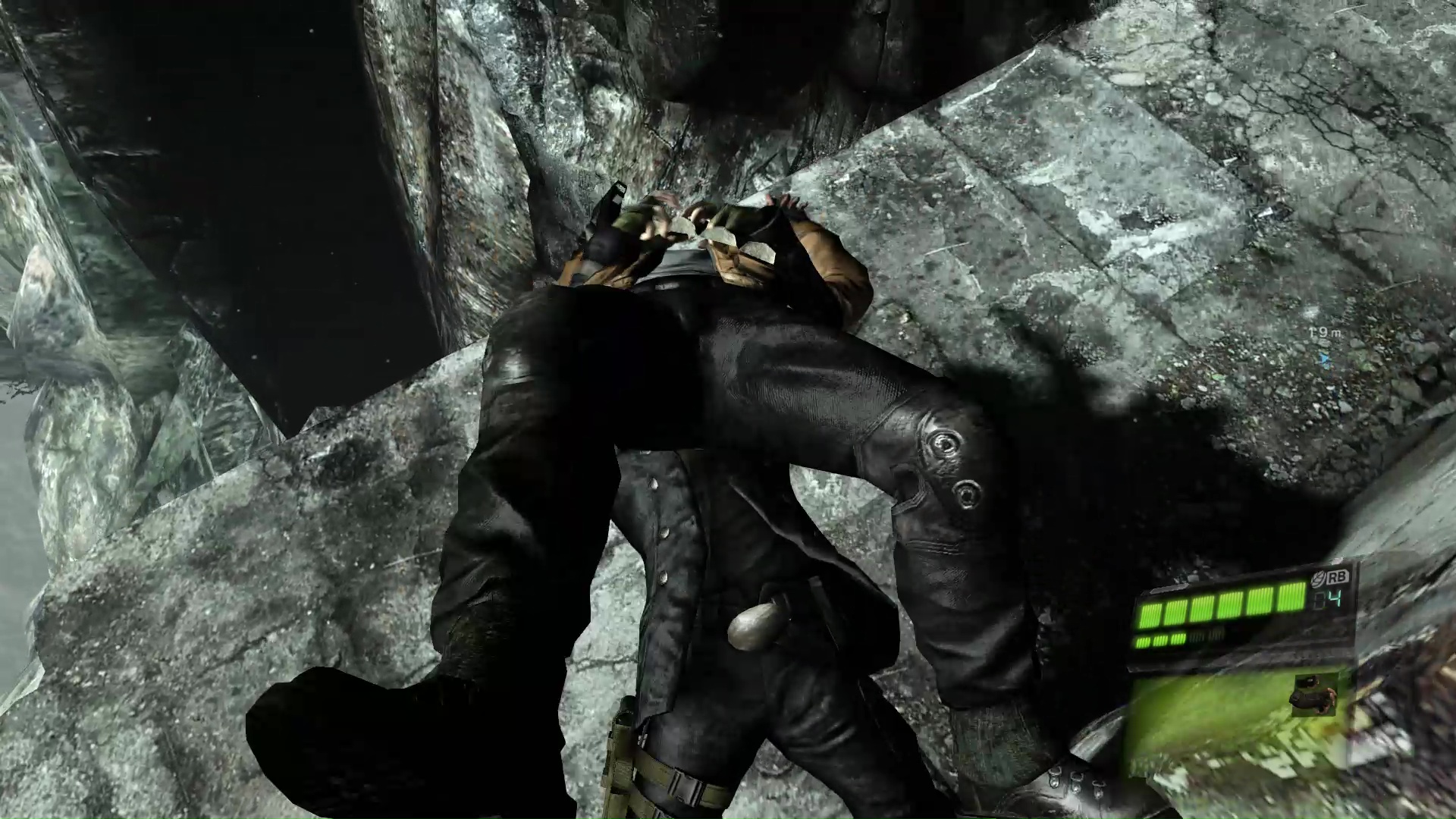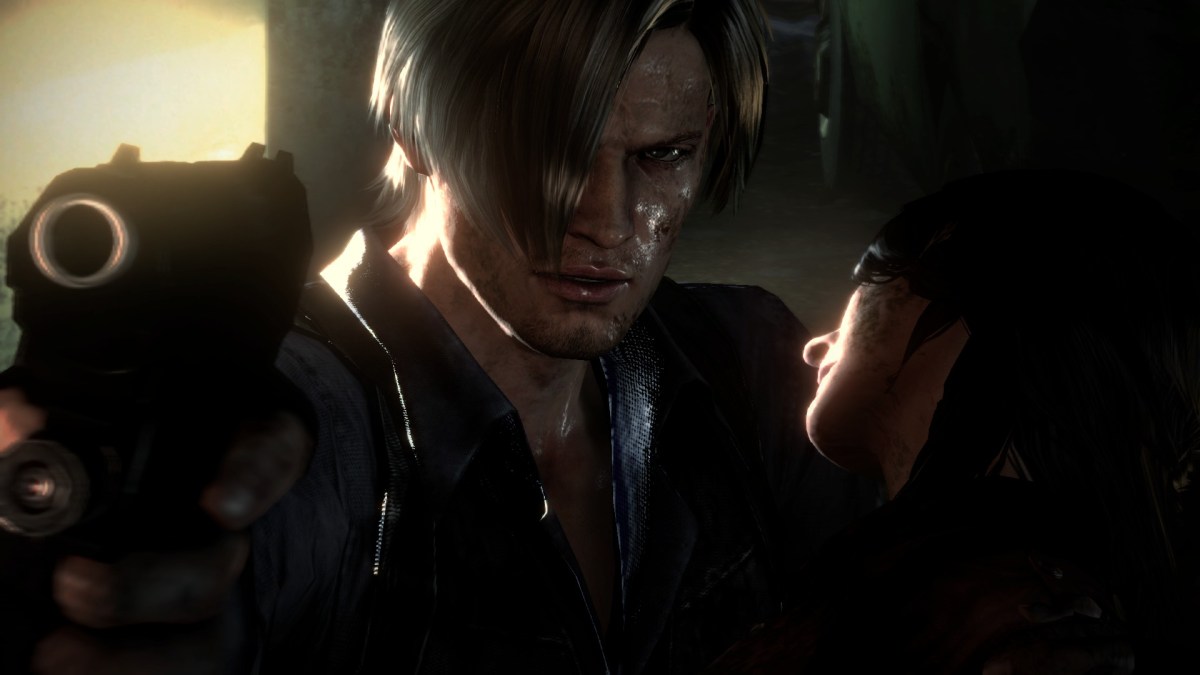If it weren’t a mainline entry in the Resident Evil franchise, we wouldn’t still be talking about 2012’s Resident Evil 6. It would hang out in the dive bar at the edge of town with other janky, forgotten action / adventure games of its generation like NeverDead. You’d only ever hear about RE6 from listicles with titles like “10 Quick-Time Events That Make You Want to Punch a Baby.”
As it is, Resident Evil 6 occupies a strange niche. It’s one of Capcom’s all-time bestsellers but has some of the worst reviews in the Resident Evil series. Whenever someone writes an article that ranks the RE games, RE6 is reliably at or near the bottom. It’s still got a few fans, but generally, it’s the Temple of Doom of Resident Evil; you might enjoy some of it, but you can skip it without missing much.
I was initially more positive towards RE6 than a lot of people, which I have to chalk up to my own biases. There’s a lot in RE6 that’s meant to appeal to hardcore fans of the franchise, and I bought into that. So I cut RE6 some slack that it didn’t deserve.
A few years later, I revisited Resident Evil 6, and this time I couldn’t overlook its issues. The word I keep coming back to is “incoherent” — it’s constantly at odds with itself, with little sense of flow, theme, or narrative structure. It’s not a simple question of flawed design, rushed production, or a lack of budget. Instead, RE6 is its own worst enemy, and I’ve grown to find that fascinating.

Its mechanics are probably the best place to start. RE6 was an attempt to continue to evolve Resident Evil into an action franchise and away from survival horror, in what series producer Masachika Kawata said was a deliberate attempt to appeal to the North American gaming market.
As part of that evolution, player characters in RE6 are incredibly mobile, particularly by comparison to in Resident Evil 4 and 5. In RE6, you can shoot on the move, heal while running, break into a sprint, end that sprint with a jump kick, do a slide tackle, dodge roll, and throw yourself backward like Max Payne. Half the characters have extra moves on top of that, like Jake’s ability to take on entire crowds at once with his bare hands or Helena’s special shotgun move that looks like she’s break-dancing zombies to death.
The game doesn’t tell you about any of this.
The Resident Evil 6 tutorial covers basic combat, weapon-switching, an auto-targeted quick-shot, how to mix herbs, and eight or nine different kinds of quick-time events. It doesn’t touch on any of your advanced movement options. It’s easy to go through the entire campaign without realizing they exist.

I can testify to that because that’s how I beat RE6 the first time. A couple of weeks later, I found a video of someone S-ranking a stage in the Mercenaries minigame and my head exploded. There was another game underneath the one I’d played, which was at least more complex if not necessarily better, and I’d had no idea.
It was an attempt at critical self-sabotage that was so perfect that it feels deliberate. Back in 2012, if you got review code on a game, it was usually burned onto a blank DVD and arrived without a manual. The version of RE6 you were forced to play if you went in blind, like what most game critics had to do, was also the worst possible version of the game.
A lot of work went into RE6‘s combat mechanics, but on your first run through the game, most players won’t know they’re there. It’s particularly galling in Chris’s campaign, which is set up like it’s a cover shooter, but you get more out of it by playing Chris like he’s a Mass Effect 2 Vanguard. You’re not supposed to be hiding from these idiots; you’re supposed to jam a bunch of herb pills in your mouth, then wade through gunfire, pick up a not-zombie, and use him to beat his closest friend to death.

Even once you know what all your options are, RE6‘s level design gets in its own way. The Mercenaries minigame highlights a lot of the potential in its combat system, but RE6’s campaign has an obsession with gimmick levels that consistently slows it down.
You typically won’t get through more than one or two fights before it’s once again time to sneak past a monster, shoot a turret, drive a car / jet / snowmobile, deal with a boss, or survive some massive disaster by successfully hitting six consecutive quick-time events. Resident Evil 6 is a game that’s never willing to give itself a chance to breathe, like WarioWare with a body count.
It’s difficult to imagine a better version of RE6 without cutting it into parts. The combat mechanics would make for a decent arena brawler / shooter, while parts of the setting would make for a great horror game, and there ought to be something in there about using wrestling moves to fight the undead. Any game where you can suplex a zombie has at least one thing going for it.
The final product is mostly notable for where it went wrong. Plenty of games try things that don’t work, ship with bugs, or were made by people who have real weird ideas about fun. With Resident Evil 6, Capcom made a game where many of its failures act in near-perfect opposition to its strengths.






Published: Feb 21, 2023 02:00 pm